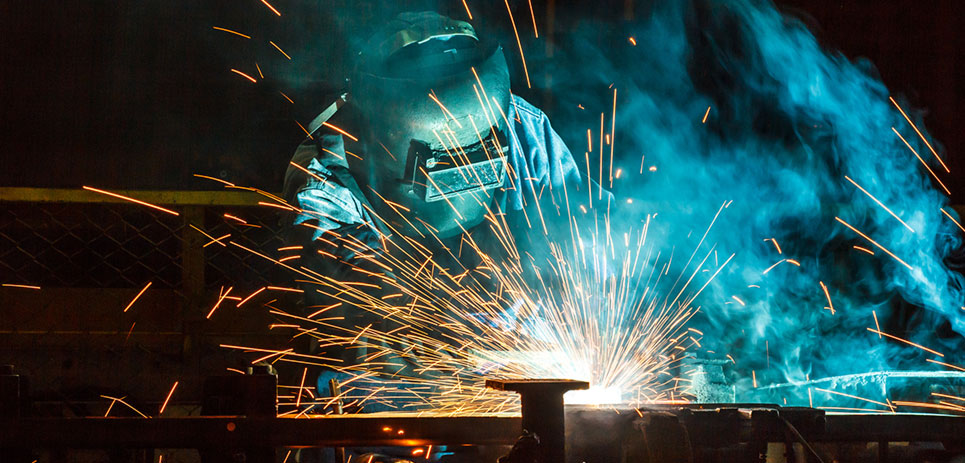Insight
Published and updated
Chicken Dinners and Team Communication
Note: Channel the voice of Denis Leary in your head as your read this team communication article. He does the no-nonsense voiceover for Ford truck commercials.
This ain’t no “efficient business collaboration” article. If you want to know about team communication because sales and marketing are frustrated with IT, then keep searching.
This is about team communication for real teams; groups of people who depend on each other for safety, survival, and getting the job done. Even if it’s raining water, silica and sparks.

You see these teams every day, even if you don’t wear Carhartt, steel-toed boots or a hardhat in your office. They build and maintain our roads, houses and offices. They tow our cars, trim our trees, mow our yards, move our planes and put out our fires.
These are the teams we dreamed of joining as kids. Before we learned about sports or games or bands, we want to destroy stuff, build things, move dirt and drive a fire truck. Before our rational minds consume our lizard brains, hard work is the same as play: it’s all about doing, not watching.
As adults, we discover it takes more than evolutionary drive to join these teams. It takes mental and physical grit. The ability to be as focused at the end of shift as your were at the beginning. To recognize that finishing a big project is actually the sum of finishing many small ones. To perfect your role as a laborer, operator, specialist, engineer or supervisor and understand how you fit into the bigger picture. And, finally, to understand that a successful team thrives on communication. You’ve learned when to talk and when to listen.
Who’s the weak link on the team? Usually the one who’s out of the loop. What’s the cost of shabby team communication? Depends on where you drink the day’s first cup of joe:
- Farm: No matter the size of the spread, machines, livestock and distance make it tough to communicate. Unheard instructions or alerts can lead to downtime, equipment snarls and entangled limbs.
- Construction zone: Nobody works alone in a construction zone. Noise is a factor everywhere. So is precision and coordination. Punch out the wrong wall and you’ve got more work to do on your dime. Miss a backup alarm because you’re wearing earmuffs or earbuds, then you better hope that work stops to wait for you instead of just running right over you.
- Drill rig: Whether you’re in the cab or an open pit, you want to be certain you hear that “All clear!” before the drill fires up.
- Assembly line: Who stopped the line? Why? Is this supposed to look like this? Who’s cleaning that up? Unanswered questions kill momentum. No momentum hurts productivity. Bad productivity means you’re staying late, or the next shift is coming on angry.
- Vacuum truck: The water jet screams. Two guys are in the hole. One’s behind the wheel. Two more are guiding traffic. Everything’s moving all of the time and it’s too loud for shouts to be heard. One wrong move and the day could get ugly.
- Wood chipper: The chainsaw is cutting somewhere up above. Limbs are falling. The lift truck swings the trimmer around. Laborers gather deadfall and toss it in the deafening chipper. All it takes is a bad cut to fall a tree in the wrong place or drop a limb on a power line. And I’ve seen Fargo too many times to know what bad things can happen around a wood chipper.
- Tow truck: Traffic, weather and darkness force operators and riggers to clearly communicate for precise maneuvers. Otherwise, the big rig already on its side is upside down instead of upright, impatient commuters honk harder and a separate accident scene has to wait longer while you rig it up again.
- Crane cab: It’s windy up in the cab, but how windy is it down on the street? Is the truck ready for the load? Has the spotter checked that twisted loading chain? As an operator of a crane or any heavy machinery, being surrounded by tons of iron only makes you feel invincible until that moment when you feel cut off from the rest of the team. Then it’s a race to shut down and get out of the cab to find out what’s going on.
What do you get when team communication is always five by five on the jobsite? Home safe. Happy workers. Job well done.
Winner, winner, chicken dinner.